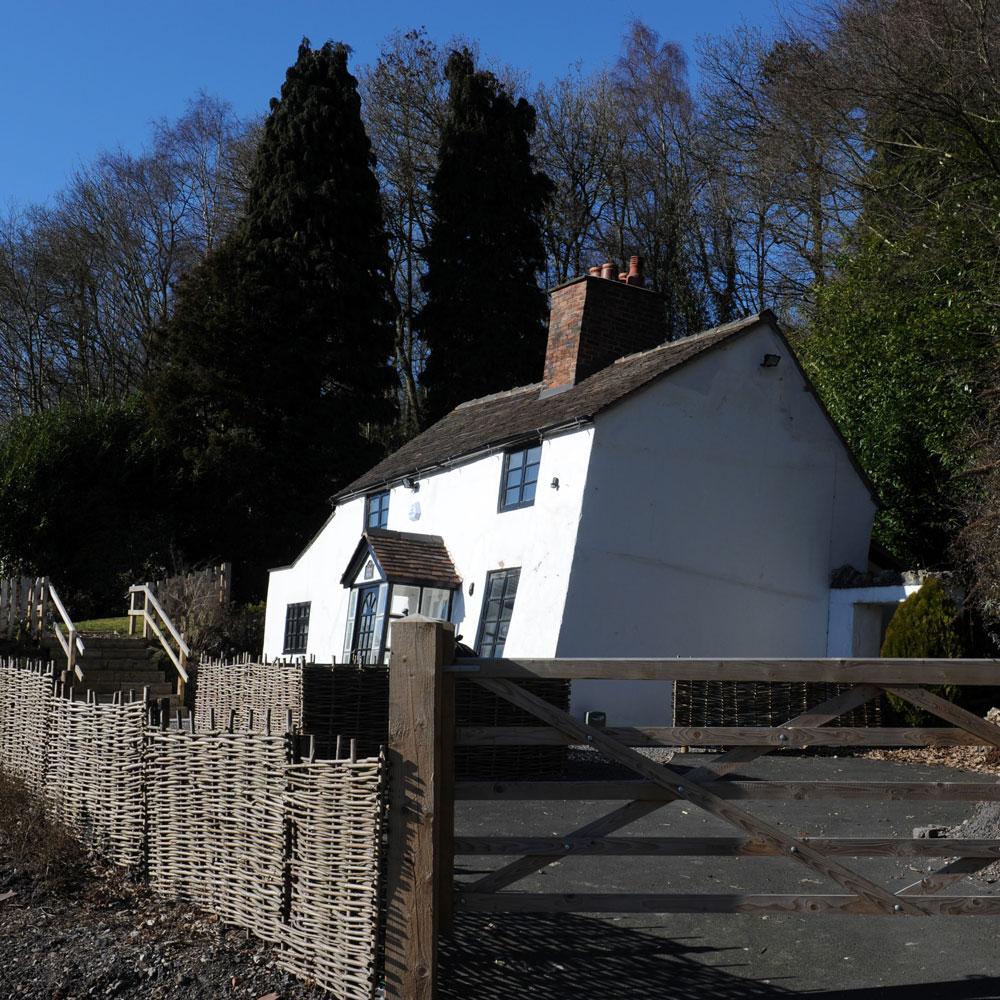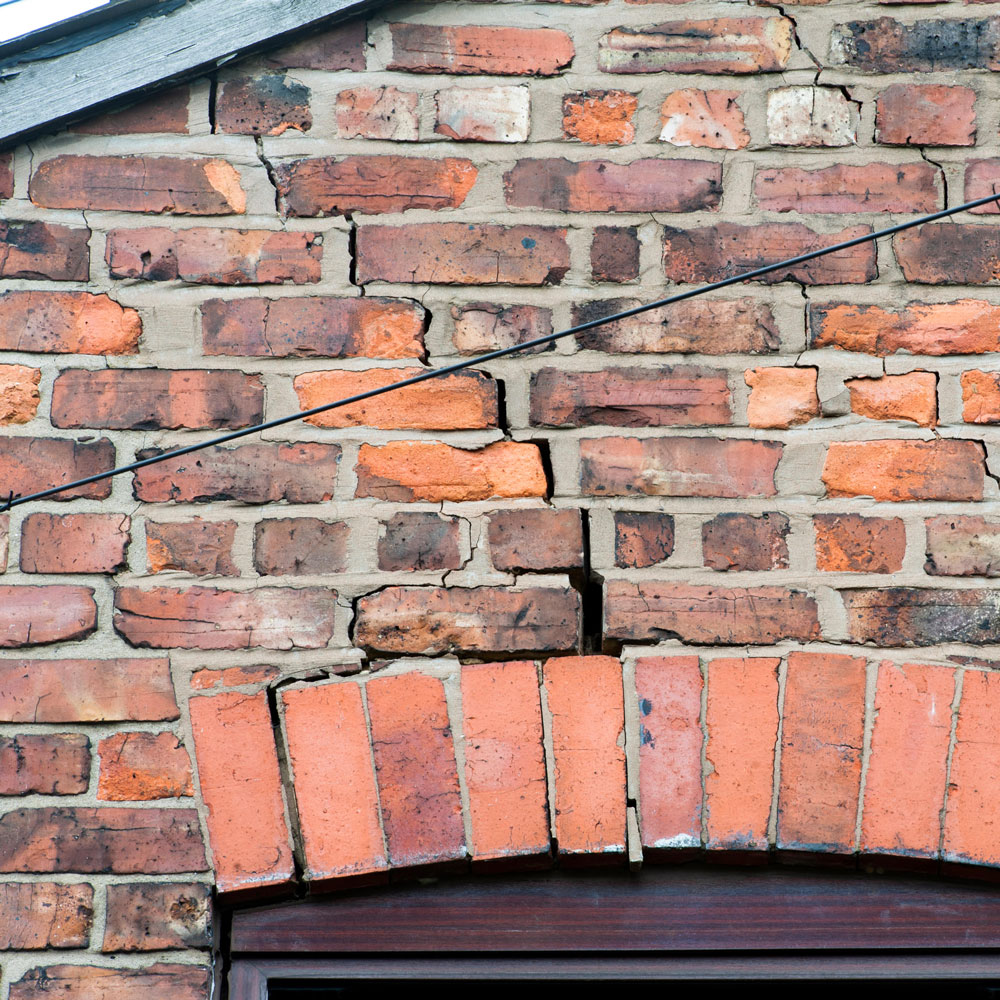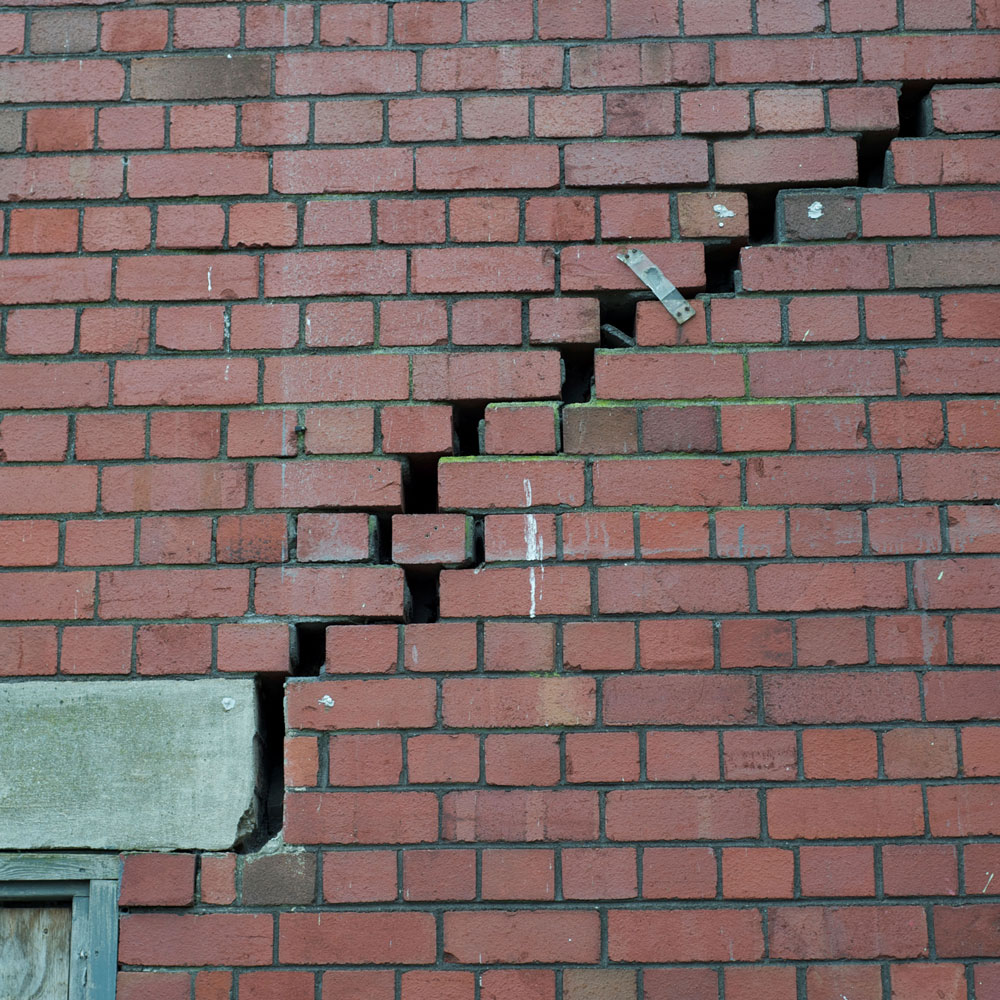4.4million homeowners don’t know what subsidence is or how to spot it
Here's what to look out for

Subsidence happens when the earth underneath your house becomes unstable, so the foundations sink. Don't worry, until now, we didn't know much about it either.
New research by LV= shows that, as a nation, we're not too clued up on it. So the insurance company is highlighting the warning signs and how to stop it from happening to your home.

Over half of homeowners in the UK identified false signs of subsidence when they were asked what to look out for. Plus, almost one in five had noticed potential signs of subsidence, but a quarter didn’t take any action.
Martin Milliner, Claims Director at LV= General Insurance comments that heatwaves and hot weather can spark potential problems. 'During the summer months, intense heat can affect our foundations and lead to subsidence,' says Martin.
'Especially if your home is built on clay soil. Our research has found that many homeowners don’t fully understand the significant signs of subsidence, and we want to help consumers be confident enough to spot them at an early stage.'

Martin adds that many homeowners don’t know if their buildings insurance covers subsidence, and recommends we check to avoid a costly problem in the future.
Signs to look out for:
Get the Ideal Home Newsletter
Sign up to our newsletter for style and decor inspiration, house makeovers, project advice and more.
- Distinctive diagonal cracks appearing at the edges of windows and doors - usually wider at the top than the bottom and around 3mm thick or thicker than a 10p coin
- Tilting large trees outside the home
- Sinking foundations or sloping floors
- Bulging floorboards
- Sinking or dips in pathway or driveway
- Doors or windows stick for no reason, or close easily in winter but not summer
- Tearing wallpaper not caused by damp

Clay or sandy areas can experience subsidence - shrinkage and soil erosion are key causes. But 55% of us don’t know what type of soil our homes are built on.
If you're worried about subsidence and live in a clay soil area, there are ways of keeping the soil hydrated to prevent problems. For example, you can lay gravel or grass which will help water and drain it naturally.
Those in sandy areas can prevent water softening the soil by checking pipes and drainage systems for leaks. You can also prune trees and large shrubs to prevent soil from drying out - ask a tree specialist for guidance if needed.

Millie Hurst was Senior Content Editor at Ideal Home from 2020-2022, and is now Section Editor at Homes & Gardens. Before stepping into the world of interiors, she worked as a Senior SEO Editor for News UK in both London and New York. You can usually find her looking up trending terms and finding real-life budget makeovers our readers love. Millie came up with the website's daily dupes article which gives readers ways to curate a stylish home for less.
-
 Should your front door colour match your hallway? Interior experts reveal 3 reasons why it should (and 3 reasons it shouldn't)
Should your front door colour match your hallway? Interior experts reveal 3 reasons why it should (and 3 reasons it shouldn't)Are you team matching or contrasting?
By Ellis Cochrane
-
 This £200 limited-time discount makes this Dyson vacuum cheaper than I’ve ever seen it - run don’t walk to Argos for this bargain
This £200 limited-time discount makes this Dyson vacuum cheaper than I’ve ever seen it - run don’t walk to Argos for this bargainIt's the most affordable Dyson on the market right now
By Lauren Bradbury
-
 Martin and Shirlie Kemp’s pastel flower beds has given their Victorian renovation a romantic look - how you can get the look
Martin and Shirlie Kemp’s pastel flower beds has given their Victorian renovation a romantic look - how you can get the lookTheir pastel garden is the cottage garden inspo you've been looking for
By Kezia Reynolds